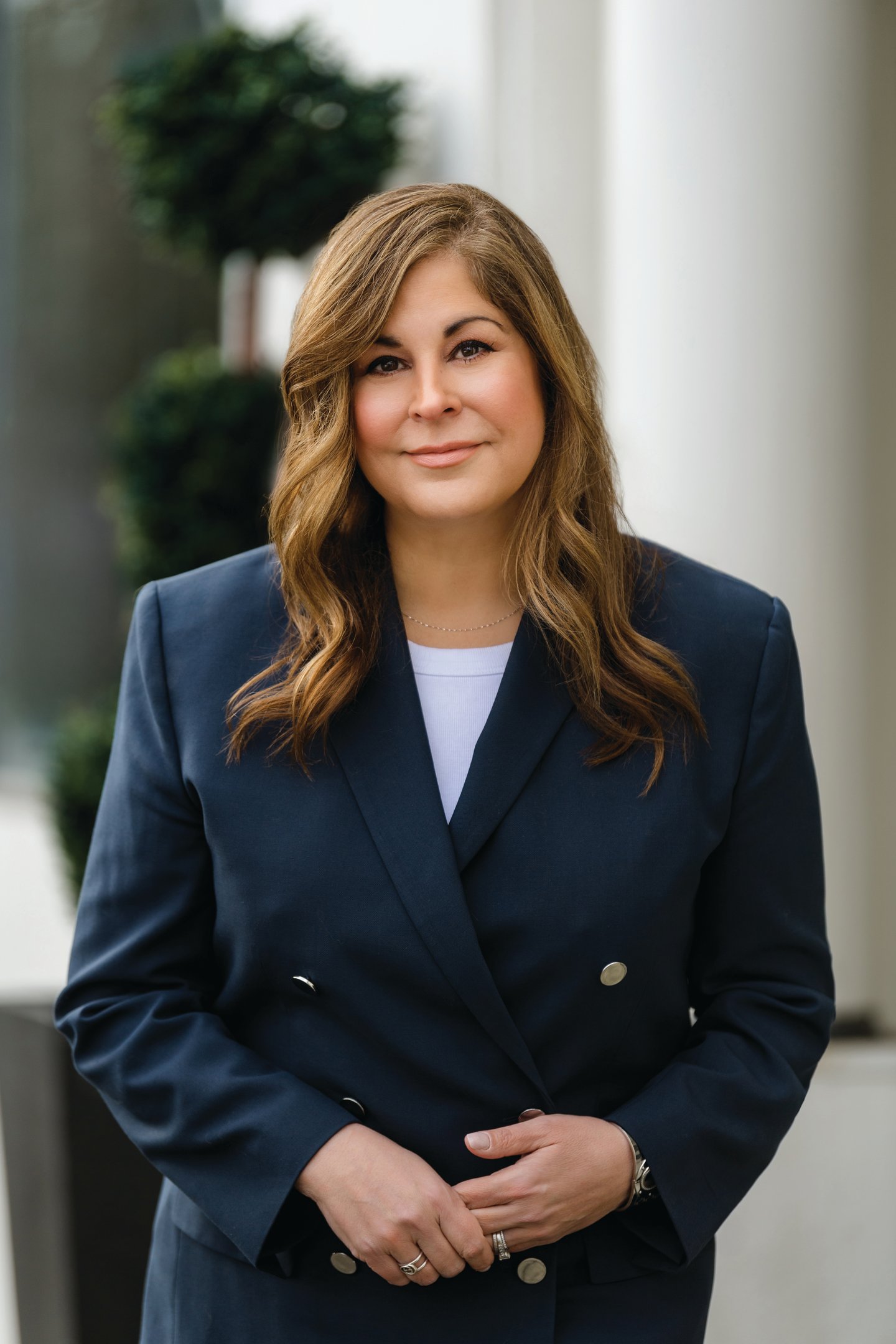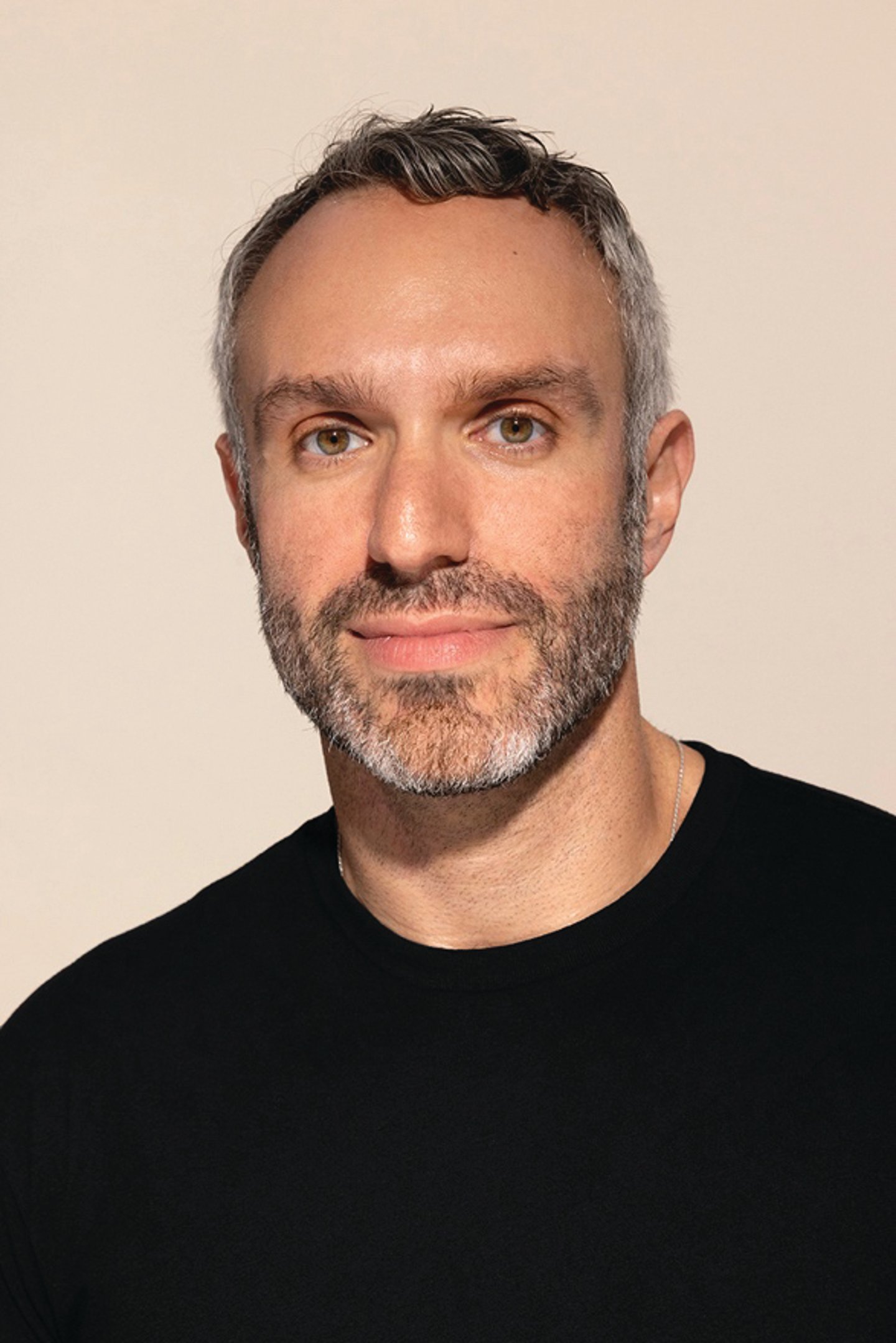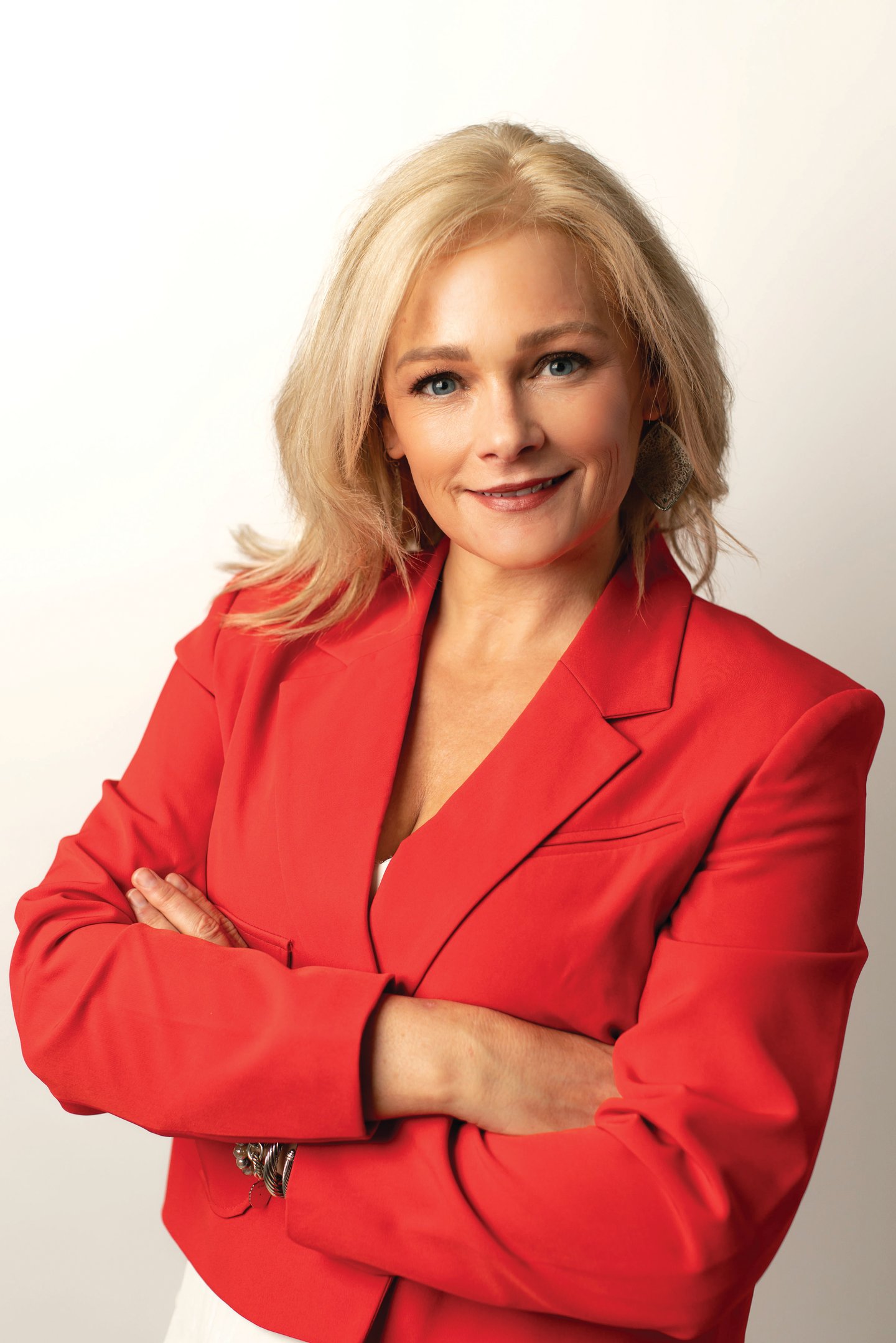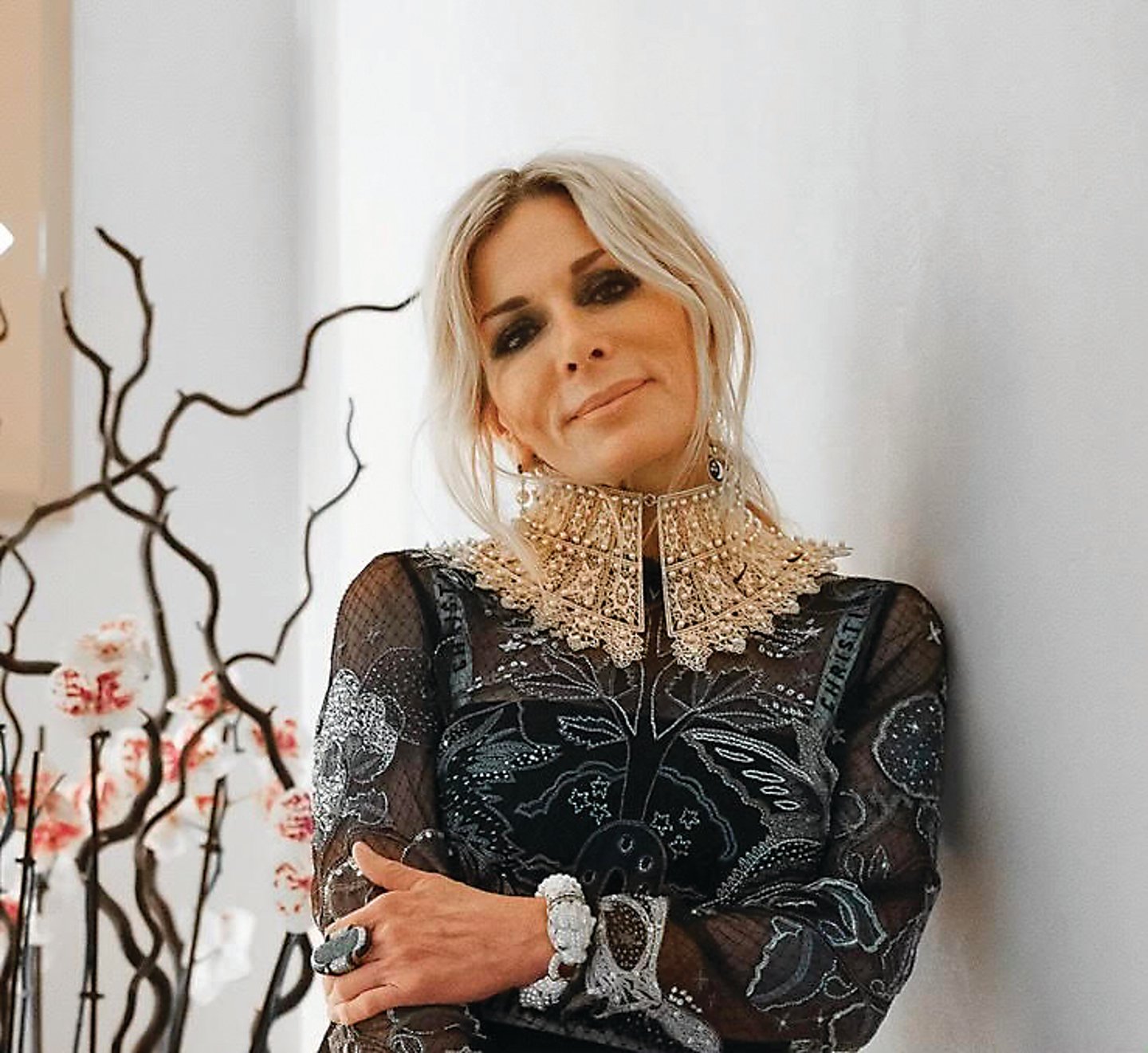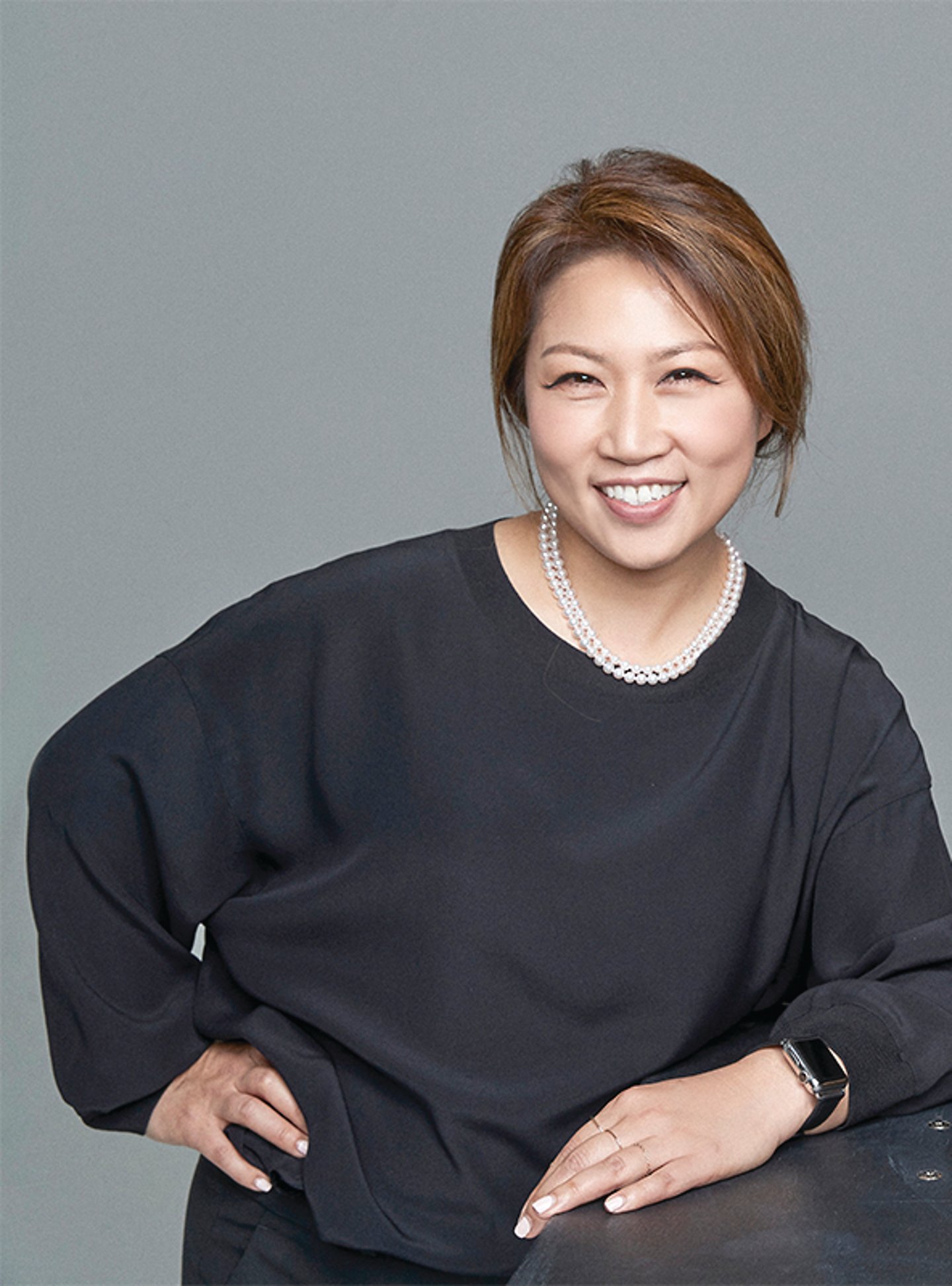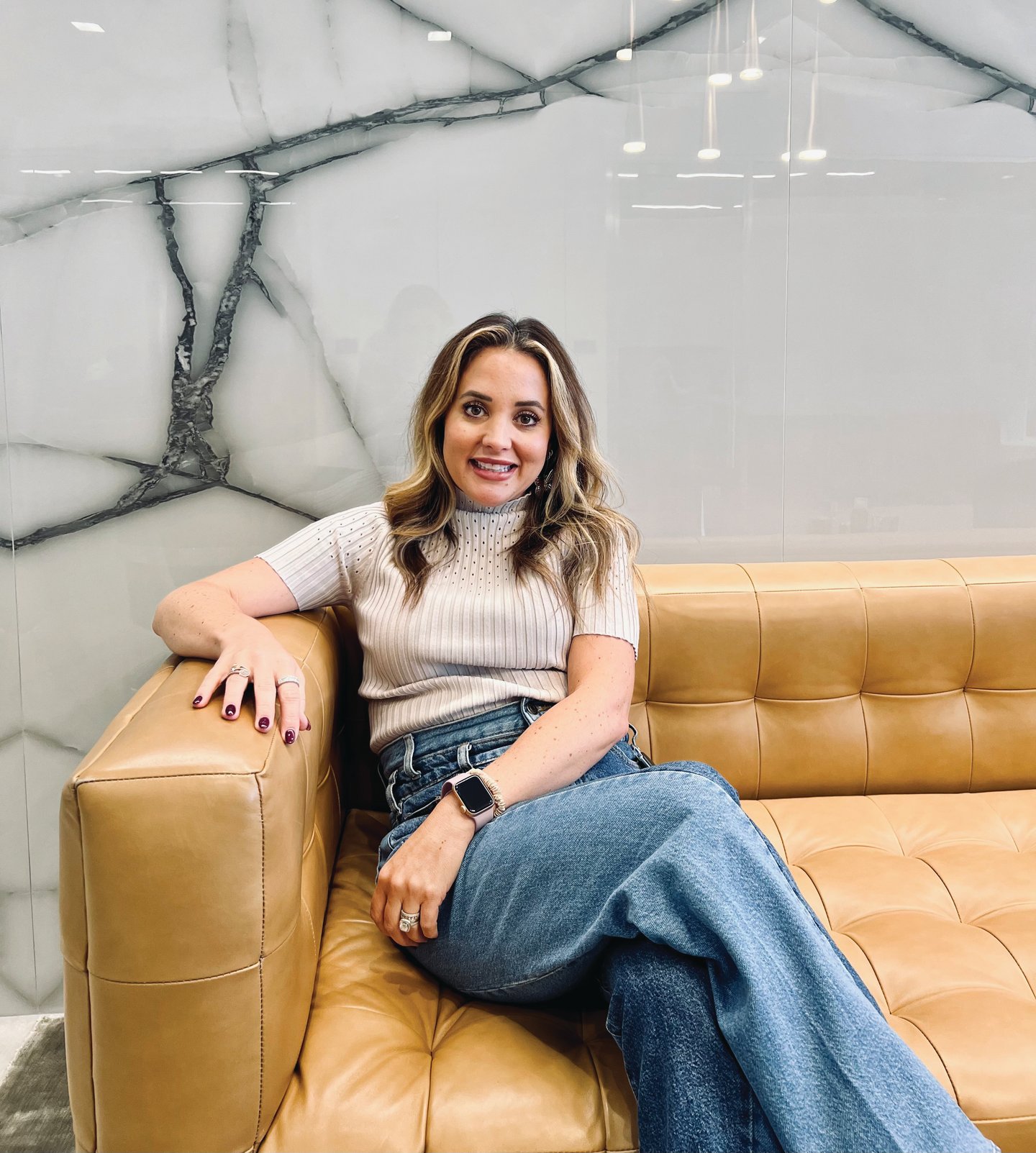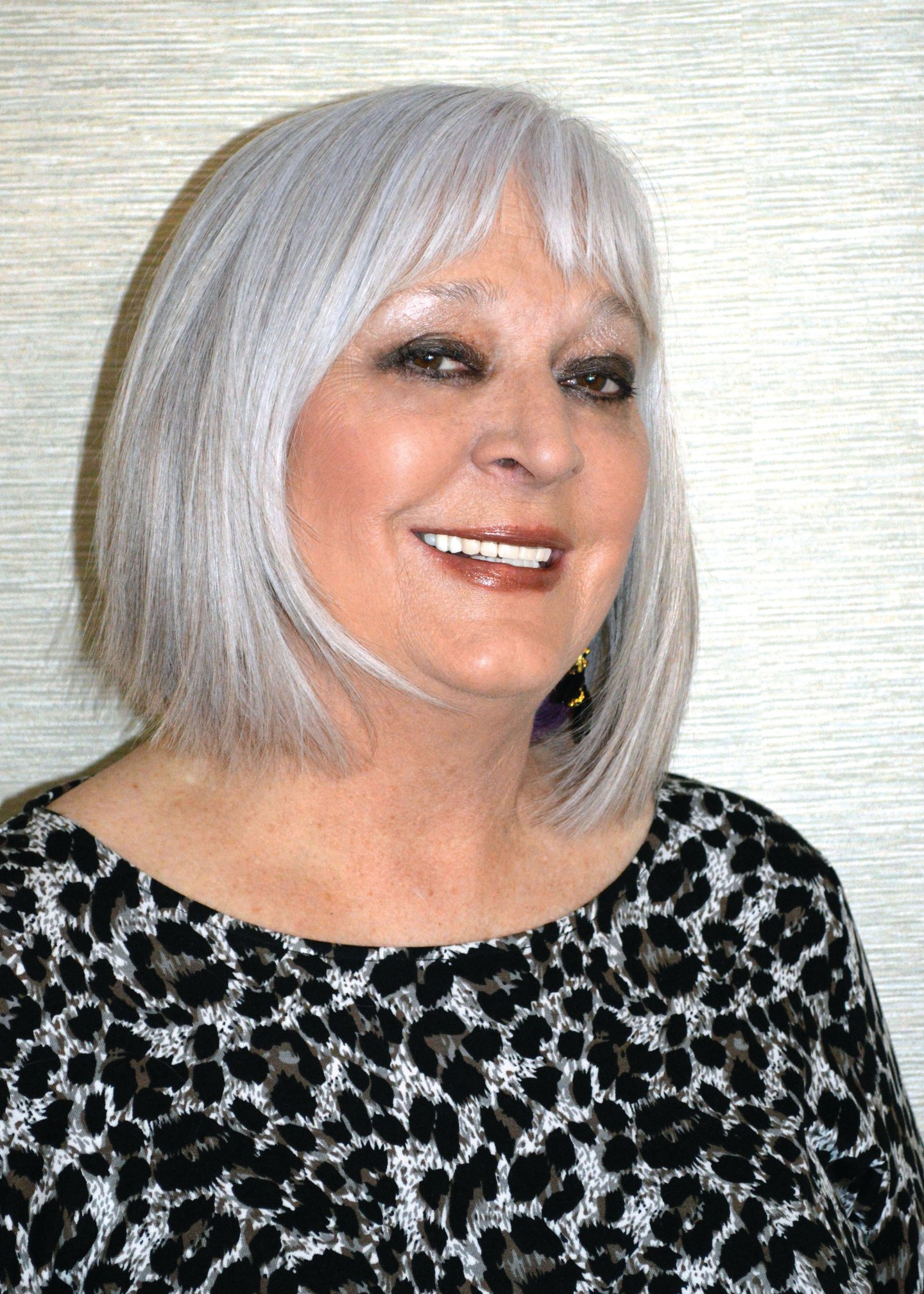Experts weigh in on beauty trends
Industry experts shared views on everything from the threat of an industry slowdown to what role AI will play in beauty during a DSN “virtual” roundtable.
DSN: What are your thoughts on stabilization in beauty?
Jeremy Lowenstein, chief marketing officer, Milani Cosmetics: The beauty industry has reached a more stable phase following years of rapid growth; however, we will continue to see upward momentum in the sector, just at a slower pace. Mass brands will find momentum by focusing on innovation, inclusivity and consumer engagement across digital channels, in-store experiences and social platforms.
Juan Morillo, marketing director, Okay Pure Naturals: When a market stabilizes, it usually means consumers are getting more selective. Instead of splurging on high-end products, they’re looking for quality and results at a price that makes sense. This is where mass brands can step in and win over customers by offering effective, affordable products that still feel exciting.
Taylor Dunston, sales director, Americas, Geske German Beauty Tech: The squeeze on how far the dollar goes is certainly impacting consumer spending. It is well known that beauty lovers are mixing mass and prestige with how they are shopping. Dupe culture has especially increased where beauty lovers want a better value while achieving the same look or finish from well-known hero products. It is the perfect time for retailers and brands alike to provide products that fit the shift in spending, while offering products that users will fall in love with just the same.
[Related: Beauty industry witnessing strong increase in year-over-year value]
Shalimar Dalal Maakar, chief executive officer, Obliphica Professional: I believe this is a pivotal moment for mass brands to expand their customer base. Consumers are more discerning than ever, seeking quality, innovation and affordability. Brands that prioritize accessibility without compromising on efficacy and experience will thrive in this evolving landscape.
Vera Oh, co-chief executive officer and cofounder, Voesh: Prestige beauty continues to outpace the overall market, while mass beauty’s growth has softened. However, this doesn’t mean mass beauty is losing relevance—it just needs to evolve. One area of opportunity is wellness-driven beauty. Consumers are becoming more mindful of what they put on their skin, looking for cleaner formulas and products that address skin concerns and overall well-being. If mass beauty brands embrace this shift—focusing on transparency, efficacy and better ingredients—they have the potential to regain momentum.
Chithra Kannan, founder and CEO, Skin Centrick: As the market becomes more saturated, consumers are likely to seek out brands that offer not only quality and value but also authenticity and a strong brand narrative. Mass brands, with their extensive reach and resources, are well-positioned to attract a broader customer base by focusing on these aspects. Mass brands can leverage their economies of scale to offer competitive pricing, which is particularly appealing in times of economic uncertainty. The stabilization phase provides an opportunity for mass brands to innovate and adapt to emerging trends, such as clean beauty, tech-driven skincare solutions and the integration of AI in personalized beauty recommendations.
[Related: Certified Inclusive beauty brands outpaced growth of less inclusive competitors]
DSN: What trends do you see for 2025?
Brooke Gilliam, vice president, customer development, Maesa: The surge in wellness and wellness-related products and rituals continues to grow and drive sales. In the beauty space, wellness has been coming to life in the form of attainable luxuries consumers can seamlessly incorporate into their lifestyle. Being Frenshe is a great example of a brand that tapped into the power of daily wellness rituals. The brand expanded into the hair care category with the debut of the Hair Wellness collection earlier this year. Fragrance will continue to play an important role within the wellness space, with the increased demand for multifunctional products that boost mood and promote joy.
Isaac Shapiro, cofounder and chief executive officer, Cleanlogic: It is a special year for Cleanlogic, marking our 20th anniversary. To celebrate, we're giving our products a fresh look and feel, with a strong emphasis on refining and segmenting our product offerings to further differentiate and disrupt the bath accessory space. We will continue to lead in accessibility, incorporating inclusive packaging and Braille across our entire range.
Annette Rubin, chief executive officer HydroPeptide: Peptide technology will take center stage, with increasing awareness of how targeted peptides can drive visible improvements in skin firmness, hydration and overall resilience.
Additionally, skin longevity will become a key focus, as people look for solutions that go beyond aesthetics to support the skin’s ability to repair and regenerate over time. Consumers are also becoming more discerning about high-performance formulations that minimize unnecessary additives while maximizing efficacy.
Vera Oh: Consumers today want more than just safe ingredients; they’re looking for products that deliver real results, enhance their daily rituals and fit seamlessly into their lifestyle. The focus has shifted from just being “clean” to being effective, sensorial and multi-functional.
For 2025, we see three major beauty trends shaping the industry: Beauty that engages the senses, blurring the lines between categories and multi-tasking formulas for modern consumers.
Juan Morillo: Beauty in 2025 is all about smart, simple and effective products. People want luxury-quality without the high price, and brands are delivering. Men’s grooming is growing, AI is personalizing beauty and sustainability is becoming the norm.
Chithra Kannan: One of the most exciting innovations we are introducing is our new formula for hair care, featuring abyssinian oil-based shampoo and conditioner. Abyssinian oil, known for its lightweight and non-greasy properties, is a remarkable ingredient that provides deep nourishment and hydration to the hair without weighing it down.
Taylor Dunston: Technologies like LED light therapy and microcurrent facial devices are continuing to expand into beauty lovers' daily routines. Personalized and minimalist skin care routines are also becoming quite popular.
Technologies like LED light therapy and microcurrent facial devices are continuing to expand into daily routines. Personalized and minimalist skin care routines are also becoming quite popular. We're seeing everything from AI-powered personalization that helps users understand more about their skin and receive key recommendations on what will work best for them, to "Skinimalism," a trend which emphasizes minimalistic routines with multifunctional products.
Shalimar Dalal Maakar: I expect to see a continued emphasis on skin-first beauty, multifunctional hybrid products and sustainability-driven formulations. Personalized beauty, powered by AI and data-driven insights, will also gain momentum.
Jeremy Lowenstein: Consumers are increasingly prioritizing skin care, and the beauty industry is playing into this trend. In 2025, we expect the category to see a rise in lightweight, multi-functional makeup products formulated with high-performance skin care ingredients. The trend toward flawless, yet natural-looking skin is the new aesthetic and will continue to drive innovation, particularly in products that create a blurring effect to eliminate the appearance of fine lines and pores.
Deborah Dixon, owner, Precious Mineralz: Precious Mineralz is launching AI technology for skin analysis and will continue to grow to analyze skin types. These technologies will help assess skin problems acne, sun damage and wrinkles, to name a few. The AI powered technologies offer potential to customize a skin care routine once a skin assessment is performed.
DSN: How can brands and retailers balance building in-store sales while also meeting customers where they are which is increasingly online?
Sue Smith, partner, Emerson Group: Partnering together to speak to the consumer. When a brand engages in various marketing executions, whether it’s an influencer campaign, sampling event or dollars off offer, the retailer and brand can highlight these executions. The retailer can utilize their vehicles like circulars to highlight an offer/sampling opportunity to drive traffic into stores. Offering something special the consumer can only receive in-stores drives traffic and highlighting the brand in stores with signage or prominent in-store positioning. The brand can then highlight this partnership in their marketing efforts.
Isaac Shapiro: What's particularly interesting about Cleanlogic is that we've taken a bit of a reverse approach. While we’ve always had a strong retail presence, we’re now significantly expanding our digital footprint. Over the past year, we’ve seen firsthand how a robust omnichannel strategy can drive success both in-store and online. Customers want flexibility—they should be able to get the product when and where it suits them.
We’ve been focused on strengthening our online presence, both independently and in collaboration with our retail partners. We’re actively exploring digital opportunities with them to ensure we're meeting consumers across every touchpoint—essentially creating the best of both worlds.
Additionally, we’ve learned that a strong digital presence isn't just about e-commerce. Social commerce has become a key driver for us. Building a dedicated community and fostering social engagement has proven invaluable. Cleanlogic has experienced significant success by combining user-generated content (UGC), which not only drives traffic to our online store but also to retail partners.
Kelly Sobol, senior vice president, sales and customer development, North America, Milani Cosmetics: Brands and retailers are once again finding themselves navigating an omnichannel landscape, with consumers increasingly looking for items across channels. To successfully balance these, it’s crucial to foster relationships with retail partners, growing shelf space and launching customer-specific exclusive products at these locations to draw foot traffic and drive increased sales. Creating dynamic, engaging experiences will be key, such as by leveraging technologies like AI to offer immersive, personalized touchpoints across channels. At the same time, it’s imperative to have a robust presence online and via social platforms. Brands must stay agile and responsive to fast-moving trends, ensuring they are part of the viral conversations and collaborating with key influencers to amplify their reach. An integrated, multi-channel strategy will enable brands to meet customers where they are and build loyalty both online and in-store.
Shalimar Dalal Maakar: Brands must bridge the gap by integrating technology, such as virtual try-ons, AI-powered recommendations and in-store exclusives that incentivize foot traffic while fostering online loyalty.
Brooke Gilliam: With the omnichannel growth, it is more critical than ever for brands to have an online presence that clearly defines their reason for being and educates the consumers on their unique value proposition. The online presence goes far beyond traditional e-commerce content as it’s become increasingly important to reach consumers where they are. At Maesa, we’ve been strategically leveraging our brick-and-mortar presence at key retailers while doubling down on building our digital presence across various channels, including our retailers’ digital platforms, Amazon and TikTok Shop.
In 2024, we launched an interactive experience for Fine’ry on Roblox, driving awareness among Gen Z and Gen Alpha consumers, and hosted Fine’ry-verse, the first of its kind phygital experience powered by Generative AI technology. To engage with the growing beauty community on social media who may not be shopping at brick-and-mortar retailers, we’ve been leveraging best-in-class content and talent partnerships across our portfolio of brands. For example, we’ve recently introduced the first-ever Kristin Ess Hair Artistry Team, comprised of seven powerhouse stylists that bring a wealth of experience, from styling red carpet looks for A-list celebrities to creating iconic styles for “it-girl” influencers and photoshoots, to creating their own educational and engaging content.
DSN: Biggest challenge for this year? Biggest opportunity?
Sue Smith: The biggest challenge is increasing costs, which has reduced the amount of innovation being launched. The biggest opportunity is retailers and brands leaning in together in different ways.
Kelly Sobol: Biggest challenge: Navigating category softness as the beauty market corrects after years of post-COVID growth. Consumers are becoming more discerning, experimenting with new brands and shifting loyalty, making it critical to drive engagement and sustain momentum.
Biggest opportunity? Leveraging AI to work smarter and more efficiently while maintaining authentic consumer connections. By refining marketing strategies to resonate across generations and focusing on long-term category growth, Milani is positioned to elevate its brand and compete as a top five player in the industry.
Annette Rubin: One of the biggest challenges in 2025 will be meeting consumer expectations for both innovation and transparency. Today’s skin care shoppers are more informed than ever, looking for products that are not only clinically backed and results-driven but also formulated with thoughtful, skin-compatible ingredients. As demand for high-performance skin care grows, brands must strike the right balance—ensuring cutting-edge advancements are paired with clear, science-based education so consumers feel empowered in their choices.
The greatest opportunity lies in deepening consumer understanding of peptides and their role in long-term skin health. While peptides are widely recognized in professional skin care, their full potential is still underleveraged in broader consumer education. As the leader in clinical peptide technology, HydroPeptide is committed to advancing this conversation—helping consumers recognize how peptides can support everything from hydration and barrier repair to skin regeneration and longevity.
Isaac Shapiro: Our biggest challenge this year is the ongoing uncertainty in the global market, particularly surrounding tariff increases. As a company with manufacturing in China, we, like many others, are navigating these changes. A key concern is how rising tariffs will impact consumer spending—what will they be willing to pay for as costs increase?
On the flip side, this presents a significant opportunity for us. We’re strategically positioning ourselves to bring more production into the U.S., aligning with our long-term brand mission. As tariffs rise, it becomes easier to justify the cost difference between manufacturing in China versus the U.S., which strengthens our ability to keep prices competitive. In 2024 alone, we successfully shipped over 1.3 million units from our distribution center in Audubon, Pennsylvania—a major accomplishment—as 80% of our workforce in our Pennsylvania distribution center identifies as having a disability. This even further strengthens our mission and growth to our Purchase to Employ program.

